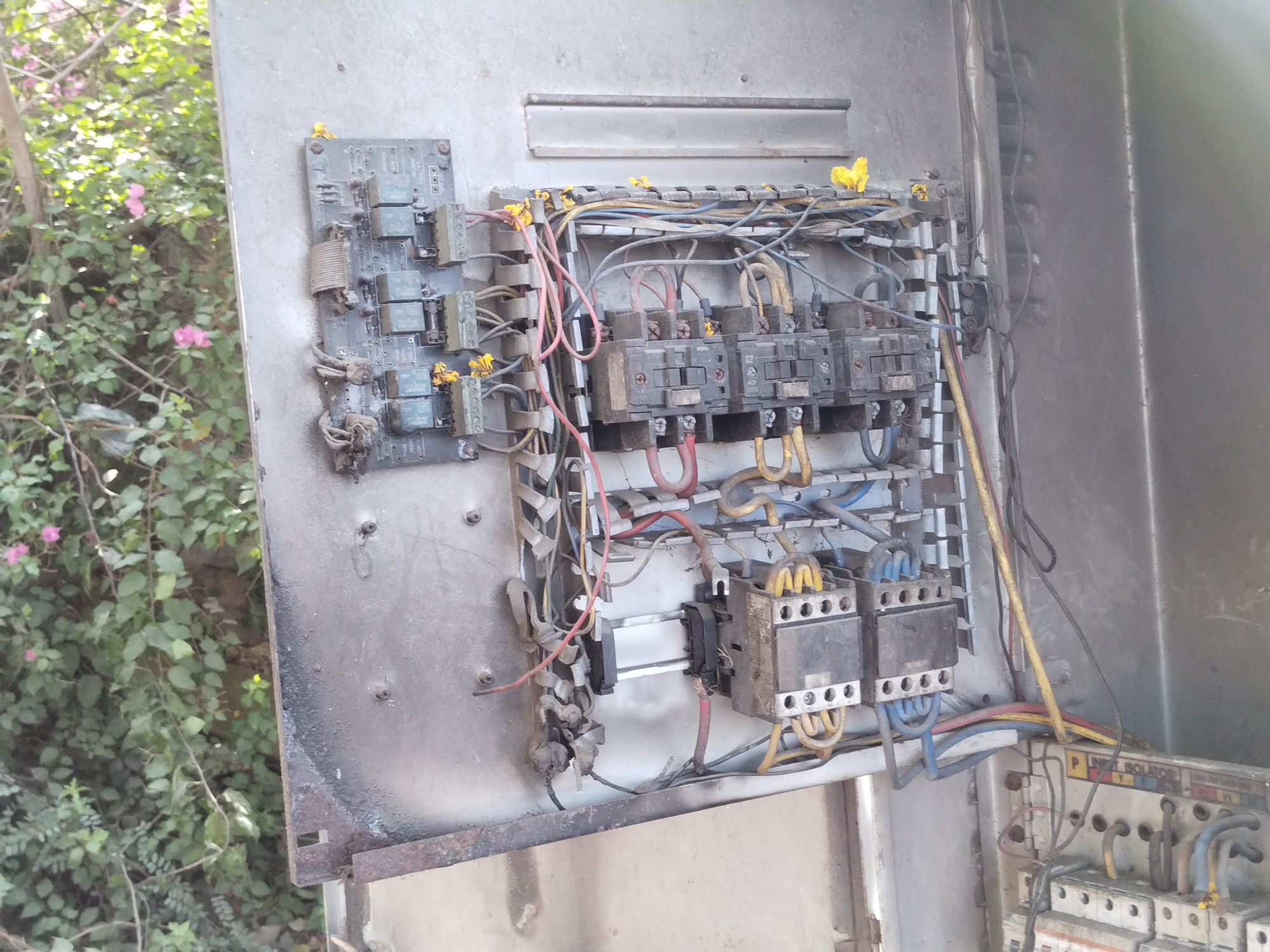A circuit breaker is a crucial component of your home’s electrical system. It’s designed to protect your home by shutting off power when there’s an overload, short circuit, or other electrical issues. But what happens when the circuit breaker itself becomes faulty? Identifying the signs of a defective circuit breaker early can prevent potential electrical hazards, including fires and damaged appliances. In this guide, we’ll break down the common symptoms of a malfunctioning circuit breaker, how to spot them, and why addressing these issues promptly is essential for your safety.
#1: Frequent Tripping Of The Breaker
One of the most common signs of a defective circuit breaker is frequent tripping. While circuit breakers are designed to trip to protect your electrical system, repeated trips may indicate a problem with the breaker itself rather than the circuit it’s protecting.
What To Look For:
Does the breaker trip even when minimal devices or appliances are running?
Have you reset it multiple times only for it to trip again without an obvious cause?
The internal mechanism of the circuit breaker may be worn out or failing, which causes it to trip more often than necessary. This can lead to interruptions in your power supply and may indicate the breaker is no longer reliable.
#2: Burning Smell Near The Electrical Panel
A burning smell coming from your electrical panel is a serious warning sign of a defective circuit breaker. This could indicate overheating, which can occur when the breaker fails to interrupt electrical currents properly.
What To Look For:
A distinct burning odour around your breaker box.
Discoloration or scorch marks on the circuit breaker or panel.
Overheating occurs when the breaker is unable to manage the electrical load passing through it, causing its internal components to melt or fail. Ignoring this can lead to fires, making it critical to address the issue immediately.
#3: Breaker Won’t Stay Reset
Another clear sign of a defective circuit breaker is when it refuses to stay in the “on” position after being reset. Normally, resetting a breaker resolves temporary overloads, but a faulty breaker will keep flipping back to “off.”
What To Look For:
After resetting, the breaker trips again immediately or after a short time, even when the circuit isn’t overloaded.
This could be due to internal damage in the breaker or a more serious underlying issue in the circuit it controls. In either case, the breaker isn’t functioning properly and should be inspected by an electrician.
#4: Physical Damage To The Breaker
Sometimes the issue is visible. A defective circuit breaker may show signs of physical wear and tear that indicate it’s no longer safe to use.
What To Look For:
Cracks or other damage on the breaker switch.
Loose or wobbly breakers within the panel.
Years of wear, exposure to heat, or a past electrical surge may have caused physical damage to the breaker, compromising its ability to function.
#5: Circuit Breaker Feels Hot To Touch
Your circuit breaker should never feel warm or hot. A hot breaker is a strong indicator of a problem with your electrical system or the breaker itself.
What To Look For:
Heat emanates from the breaker or the panel when touched.
A breaker overheating suggests it’s struggling to manage the electrical load. Left unchecked, this can result in serious issues, such as melted components or electrical fires.
#6: Power Outages In Specific Areas Of The Home
If certain rooms or circuits lose power while others remain unaffected, the problem may lie with a specific breaker in the panel.
What To Look For:
Lights and outlets in a particular area of your home frequently lose power.
The issue persists even after resetting the breaker.
A defective breaker may fail to deliver power consistently to its assigned circuit, leading to intermittent outages in specific areas of your home.
When To Call A Professional:
While some minor electrical issues can be resolved by resetting a breaker, it’s important to know when to involve a professional. If you notice any of the signs mentioned above, especially a burning smell, hot breakers, or frequent tripping, it’s time to call an electrician.
A faulty breaker left unattended can lead to serious consequences, including damaged appliances, power outages, or even electrical fires.
Stay Safe By Addressing Defective Circuit Breakers Early
Recognizing the signs of a defective circuit breaker is crucial for maintaining a safe and functional electrical system. From frequent tripping to burning smells, these warning signs should never be ignored.
If you’re in or near Prescott, Ontario, and suspect you have a faulty breaker, Beattie Dukelow Electrical Inc. is here to help. Our team of professionals can inspect, diagnose, and replace your circuit breakers to ensure your home stays safe and powered. Contact us today for expert service you can trust.

